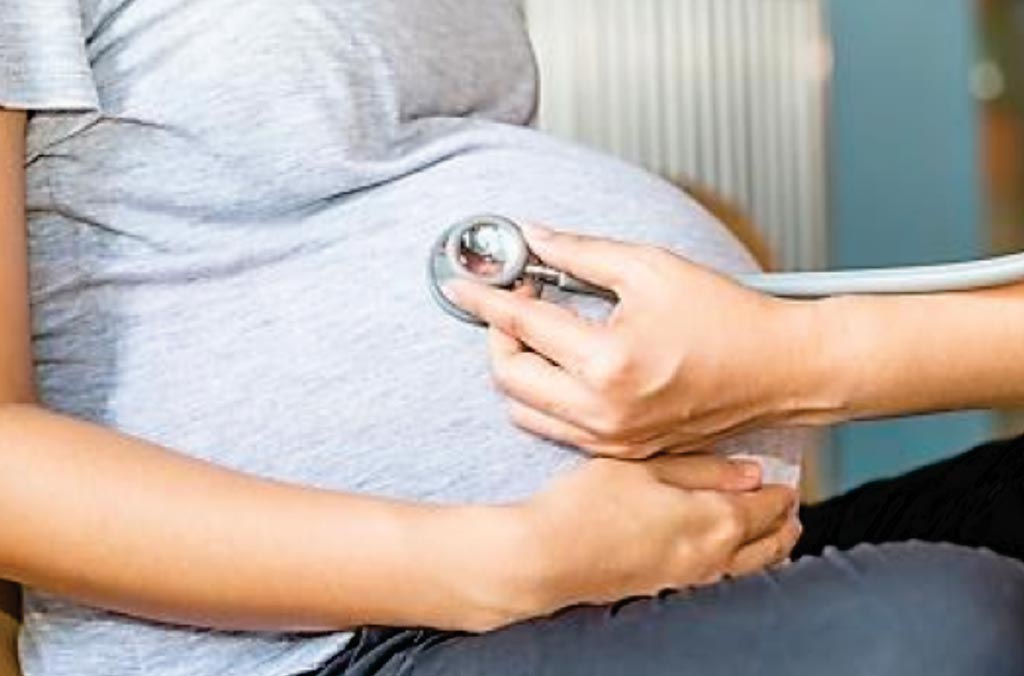New Test Predicts Risk of Preterm Birth
By LabMedica International staff writers
Posted on 06 Jun 2018
A test has been developed to predict a woman's risk of preterm birth when she is between 15 and 20 weeks pregnant, which may enable doctors to treat them early and prevent severe complications later in the pregnancy.Posted on 06 Jun 2018
Preterm birth is the leading cause of death for children under five in the USA, and rates are increasing both in the USA, and around the world. It is often associated with inflammation and has many potential causes, including an acute infection in the mother, exposure to environmental toxins, or chronic conditions like hypertension and diabetes.

Image: A pregnant woman with a stethoscope placed to her stomach. Scientists have developed a test to predict a woman\'s risk of preterm birth (Photo courtesy of University of California - San Francisco).
Collaborating scientists from different institutions working with the University of California - San Francisco (San Francisco, CA, USA) built a comprehensive test that would capture both spontaneous preterm births, which occurs when the amniotic sac breaks or contractions begin spontaneously, and “indicated” preterm birth, in which a physician induces labor or performs a cesarean section because the health of the mother or baby is in jeopardy. The scientists also wanted to be able to identify risk for preeclampsia, which is not included in current tests for preterm birth.
The study included 400 women with singleton deliveries in California in 2009–2010 (200 preterm births PTB and 200 full term) divided into training and testing samples at a 2:1 ratio. Sixty-three markers were tested in 15 to 20 serum samples using multiplex technology. The new test screens for 25 biomarkers of inflammation and immune system activation, as well as for levels of proteins that are important for placenta development.
Combined with information on other risk factors, such as the mother's age and income, the test can predict whether a woman is at risk for preterm birth with more than 80% accuracy. In the highest risk pregnancies, preterm births occurring before 32 weeks or in women with preeclampsia, a potentially fatal pregnancy complication marked by high blood pressure in the mother, the test predicted nearly 90% of cases.
Laura Jelliffe-Pawlowski, PhD, an associate professor of epidemiology and first author of the study, said, “There are multifactorial causes of preterm birth, and that's why we felt like we needed to build a model that took into account multiple biological pathways. The model works especially well for early preterm births and preeclampsia, which suggests that we're effectively capturing severe types of preterm birth.” The study was published on May 24, 2018, in the Journal of Perinatology.
Related Links:
University of California - San Francisco














